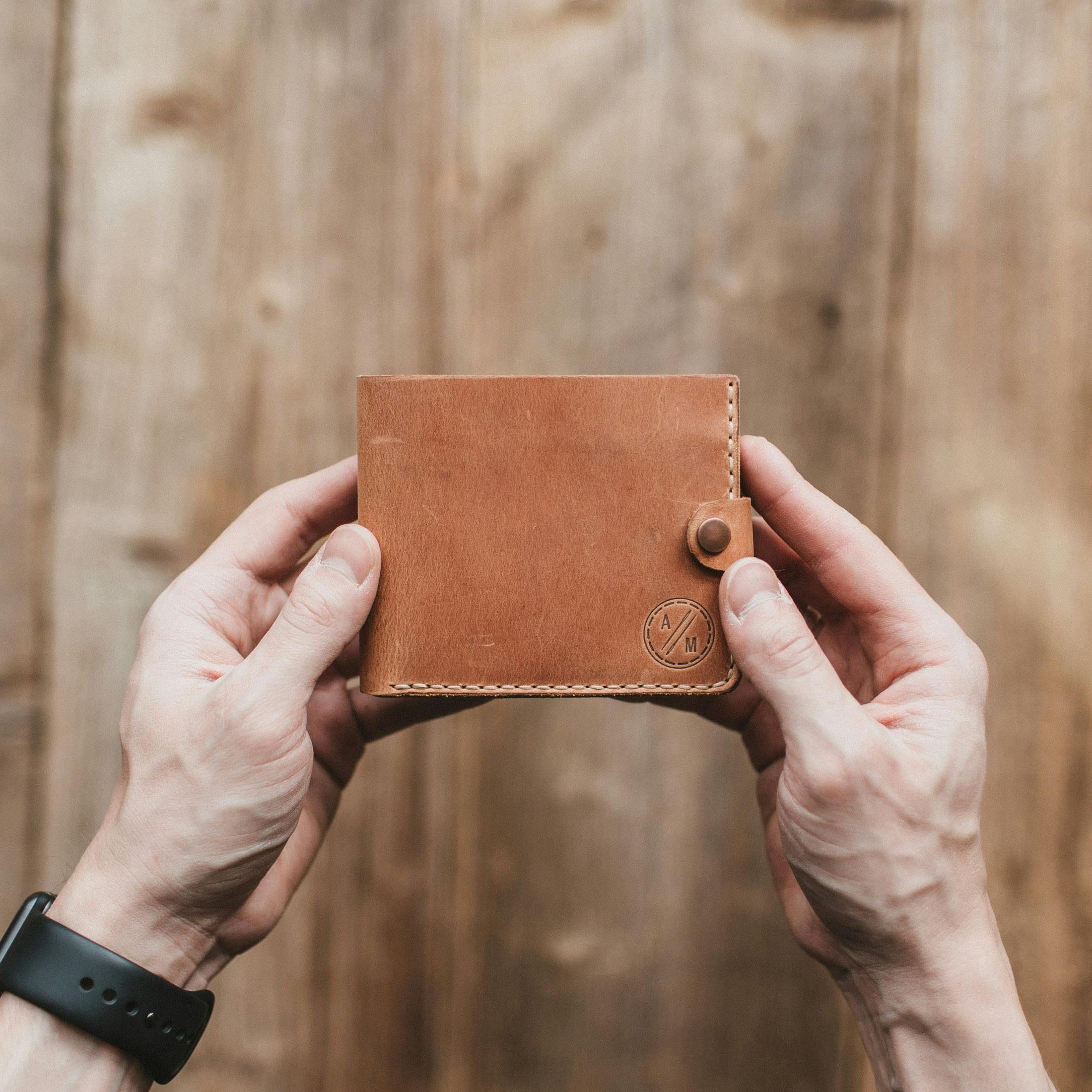When I first got into crypto, I had no idea what a wallet even was. I figured, “Hey, I’ve got my coins on the exchange, I’m good.” Big mistake.
Fast forward a few months — I’d mined a decent amount of crypto, made some lucky trades, and was feeling good… until one of the exchanges I was using suddenly froze withdrawals. My coins? Gone, or at least stuck in limbo. That’s when I realized that if you don’t own your keys, you don’t own your crypto.
So let’s talk wallets. Specifically, the two main types: hot wallets and cold wallets — what they are, how to set them up, and why I now use both in my crypto mining and investing life.
What Is a Wallet, Really?
A crypto wallet isn’t like the leather one in your back pocket. It doesn’t hold your actual coins — what it holds is your private keys, which give you access to your crypto on the blockchain.
Lose those keys? You’ve basically lost your funds.
There are two main types of wallets you’ll hear about:
- Hot Wallets – Connected to the internet (more convenient, but riskier)
- Cold Wallets – Offline and physically secured (less convenient, but way safer)
Let’s dig into each.
Hot Wallets: Convenience at a Cost
A hot wallet is any wallet that’s connected to the internet. Think mobile apps, desktop wallets, browser extensions, or even exchange wallets (though I don’t recommend storing coins on exchanges long-term).
When I first started mining, I used wallets like Exodus, Trust Wallet, and MetaMask. They’re free, easy to set up, and let you send/receive crypto instantly.
Why hot wallets are great:
- Super easy to set up and use
- Ideal for daily transactions and small balances
- Support for a wide range of coins and tokens
- Some even let you stake directly from the wallet
But here’s the catch:
Because they’re online, hot wallets are vulnerable to hacks, phishing, and malware. If your phone or laptop gets compromised, someone could drain your funds in minutes.
It’s kind of like carrying cash in your front pocket. It’s quick to use, but you wouldn’t keep your life savings there, right?
Cold Wallets: Safety First
Cold wallets are offline storage solutions — usually hardware devices like Ledger or Trezor, or even a paper wallet printed and stored in a safe place. Since they aren’t connected to the internet, they’re basically unhackable (as long as you don’t lose them).
I moved to cold storage after that first scare with the frozen exchange. I bought a Ledger Nano X, set it up, and moved most of my mined Bitcoin and Ethereum over. It was a learning curve, but totally worth the peace of mind.
Why cold wallets rock:
- Your private keys never touch the internet
- Great for long-term holders and miners
- Immune to most forms of online hacking
- Secure backup and recovery options
The only downside? It’s not super convenient for day-to-day transactions. You usually need to plug in the device, authorize the transaction manually, and sync with a companion app. But that extra effort? It’s a good thing when you’re securing thousands of dollars (or more) in crypto.
How I Set Up My Wallets (And You Can Too)
For Hot Wallets:
- Download a trusted wallet app (Exodus, Trust Wallet, MetaMask, etc.)
- Write down the seed phrase and store it offline (never screenshot it)
- Enable 2FA if possible
- Only keep small amounts in it — enough for trading or quick spending
For Cold Wallets:
- Order from the manufacturer’s official site (to avoid tampered devices)
- Set it up offline and write down your seed phrase securely
- Use the companion software (like Ledger Live) to manage transactions
- Store the device and seed phrase in separate, secure places (think safe or bank deposit box)
Bonus tip: Test your cold wallet with a small transaction first. Make sure everything’s working before transferring large amounts.
So Which One Should You Use?
Honestly? Use both — that’s what I do.
I keep a small amount of crypto in a hot wallet for convenience: trading, gas fees, and experimenting with DeFi protocols. Everything else — my mined coins, long-term holds, and serious investments — lives safely in cold storage.
Think of it like your bank accounts:
- Hot wallet = your checking account
- Cold wallet = your vault or savings account
This combo gives you the best of both worlds: security and usability.
Final Thoughts
If you’re just getting started, a hot wallet is fine for dipping your toes in. But if you’re mining regularly, buying larger amounts, or planning to hold for the long haul, cold storage is non-negotiable.
Trust me — you don’t want to learn that the hard way, like I did.
Need help choosing a wallet or setting one up? I’ve got more step-by-step guides coming soon. Until then — stay safe, back up those keys, and protect your stack.




